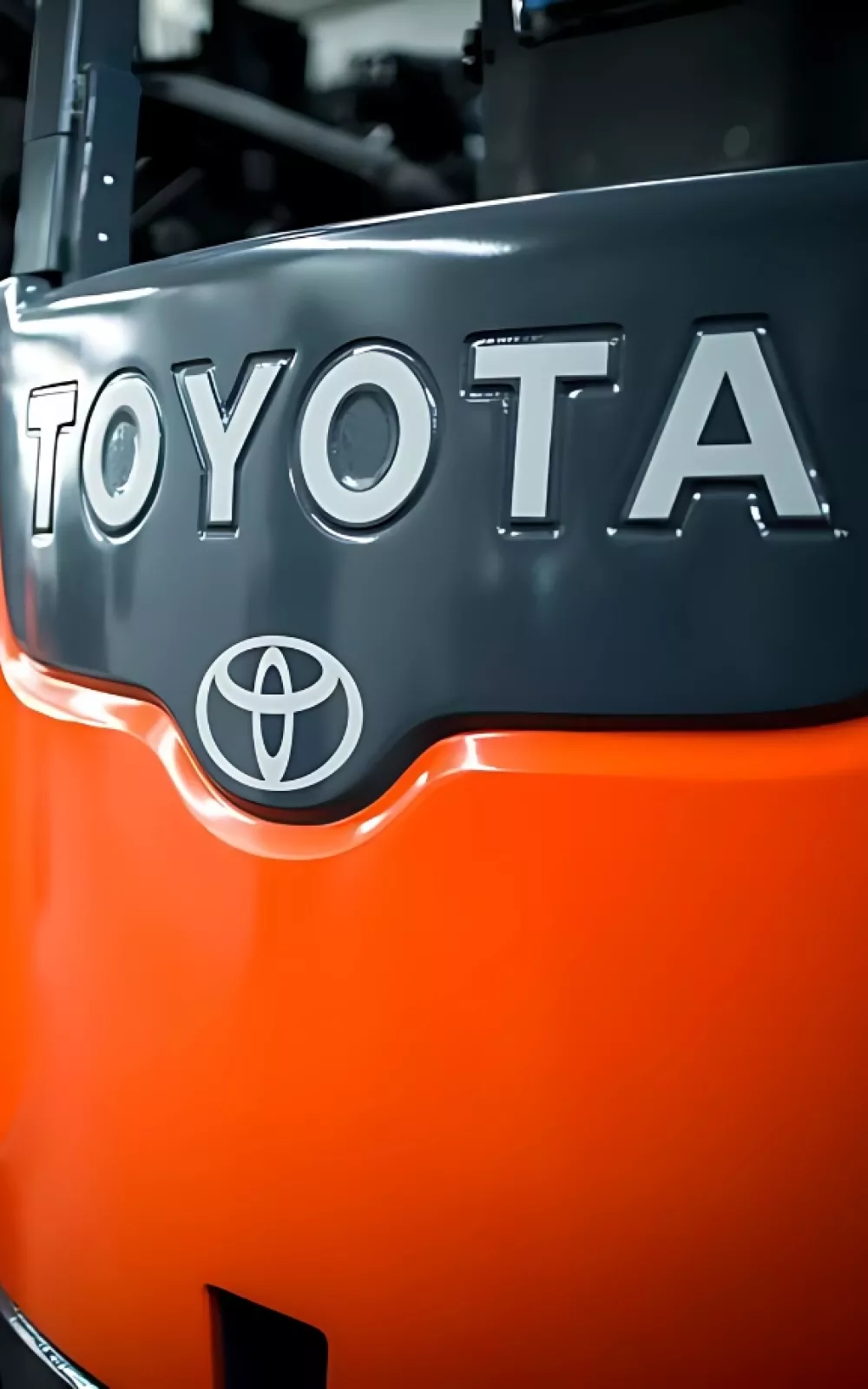Rent
ProLift offers daily, weekly, and monthly rentals. Find the right equipment for maximum productivity and safety.
Let us know how we can assist you! A ProLift specialist will connect with you to help with your material handling needs.
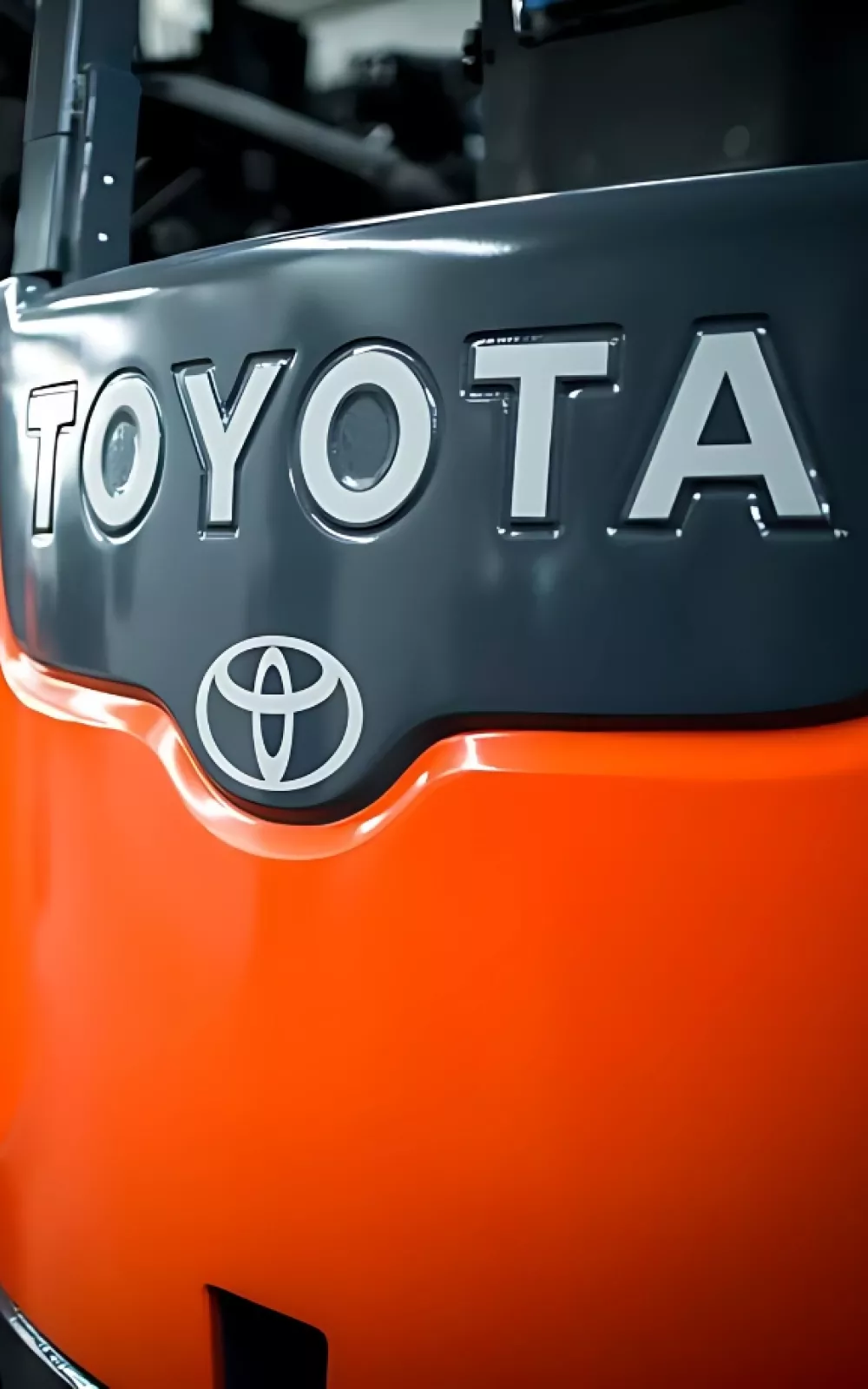
Curious about the difference between longer forklift forks and fork extensions? Learn which option provides better safety, stability, and performance for your load handling needs. Check out the full comparison and discover the best solution for your forklift operations.
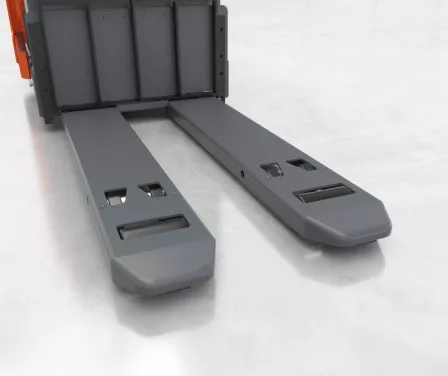
Forklift forks must support at least two-thirds of the load's length. For example, if an operator handles 6 ft. square crates, the forks should be a minimum of 4 ft. long. Fork extensions can temporarily increase fork length, but for consistent heavy load handling, longer forks are a safer and more reliable option.
Fork extensions are best suited for handling occasional large, lightweight loads. They should not be used to extend the reach of the forks for picking up loads from the back or sides with the fork tips. Additionally, fork extensions should never be homemade and must include a retainer, such as a heel hook or chains, to secure them properly to the forks.
Fork extensions do not significantly reduce forklift capacity when used correctly, nor do they automatically extend the load center beyond the forklift’s ratings. The load center refers to the dimensional center of the load being handled, and an increased load center can create more leverage, increasing the risk of tipping. To make safer decisions regarding stability, operators can refer to the manufacturer’s data tag, which includes ratings for multiple load centers.
If a forklift frequently handles larger loads near its rated capacity, using longer forks is the best option. Longer forks provide greater stability and eliminate the need for an updated capacity tag, which is required when using fork extensions. Fork extensions are considered attachments under ANSI Standard B56, and OSHA 1910.178 requires capacity changes to be indicated when using such attachments.
Beyond regulations, longer forks offer a more stable and structurally sound solution, reducing the risk of tipping and enhancing safety.
ProLift parts specialists are available to source forks and fork extensions. Let us know how we can help with forklift parts!
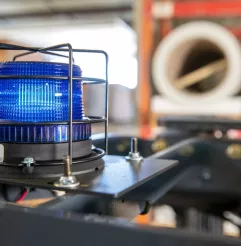
ProLift provides the forklift part you need for any make and model of forklift. Our specialists can answer your questions about delivery, warranty and replacement parts.
Ensure you have the appropriate forks for your load. Contact us today to be connected with a parts specialist.
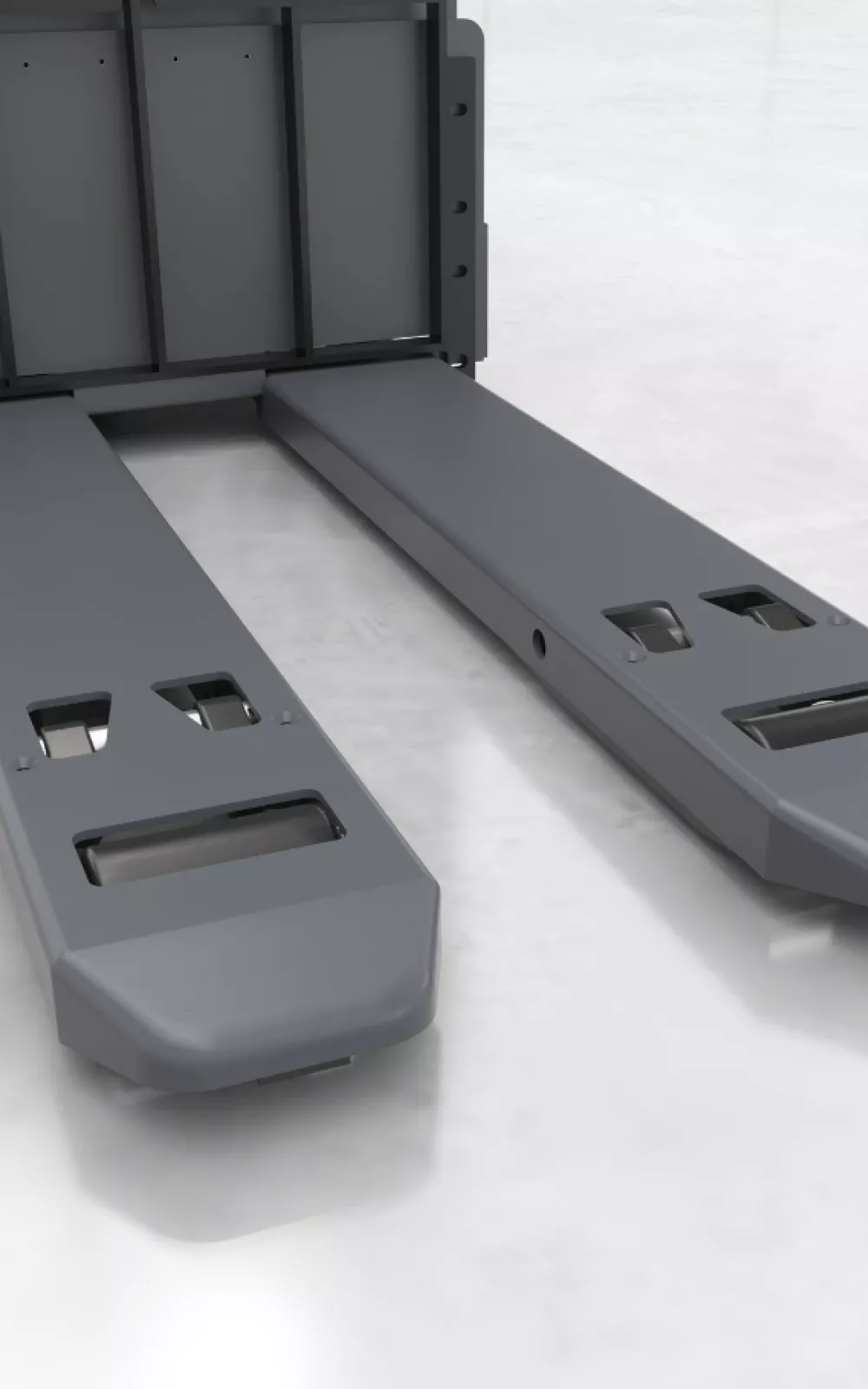
Let us know how we can assist you! A ProLift specialist will connect with you to help with your material handling needs.
